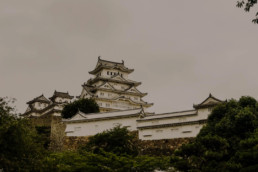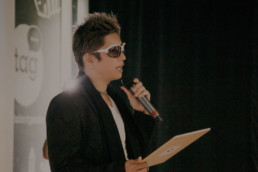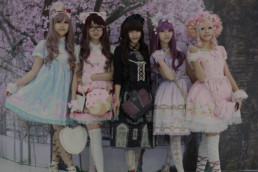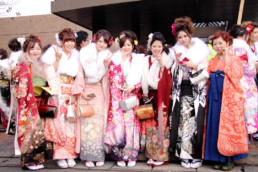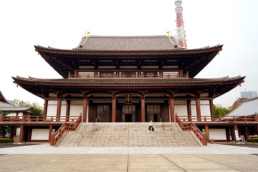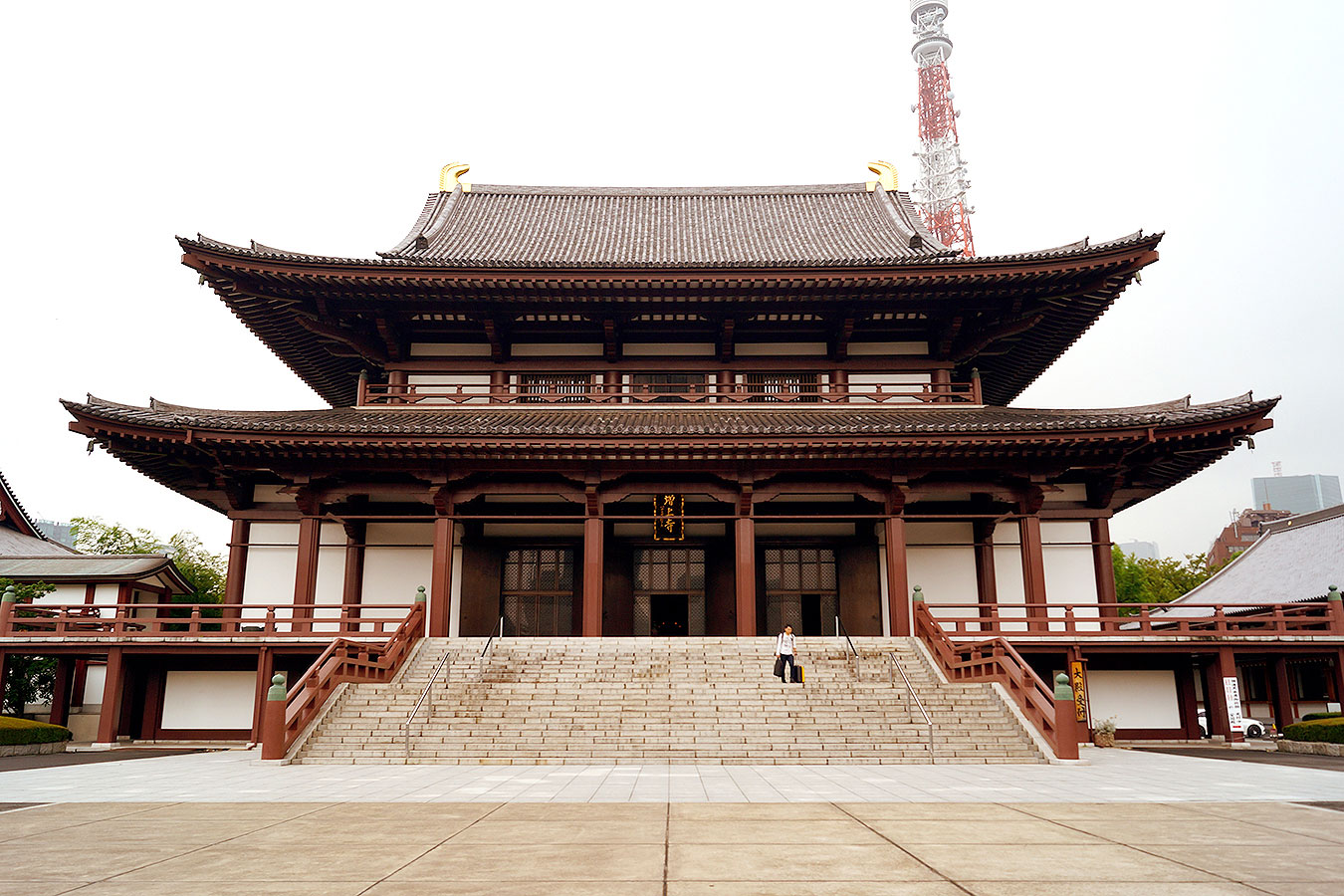Japan Travel: Planning a trip to Japan
A country of contrasts and contradictions, Japan is one of the most desirable travel destinations in the world. Even among Asian countries, Japan has its very own culture that is unique from all the other nations in the region. History and tradition thrives together with modernisation from the progress made in the last century. It is this impeccable co-existence that gives this nation it’s unique scenery that is unlike the typical Westernised civilisation. This is the only place where you can see ancient temples and shrines, Geishas, and old tea houses situated right next to the world-famous bullet train and service robots.


Japan is a relatively small country compared to other countries, so it’s very easy to travel from top to bottom. Every city has its own character and vibe which you will discover, regardless of whether you explore just the highlights or dive deep into the culture.
However, if you’re planning for your first trip to Japan may be a daunting task. So in this post, we will share with you some tips that may come in handy when you wish to begin your Japanese adventure.
When to visit Japan
If you love Japan, you may want to visit the country during one of the most significant seasons of the year for the locals. Hanami (cherry blossom viewing; second half of March through May) is widely known as one of the most beautiful seasons to visit Japan. And despite the elevated costs during this period of time, it is still very popular season for visiting.
If you decide to visit Japan and its capital during summer, brace yourself for the heat, the humidity, and get ready to sweat. Summers in Japan, especially in the central and southern regions country, are known to be very hot and humid. The weather is, however, pleasant on most days.
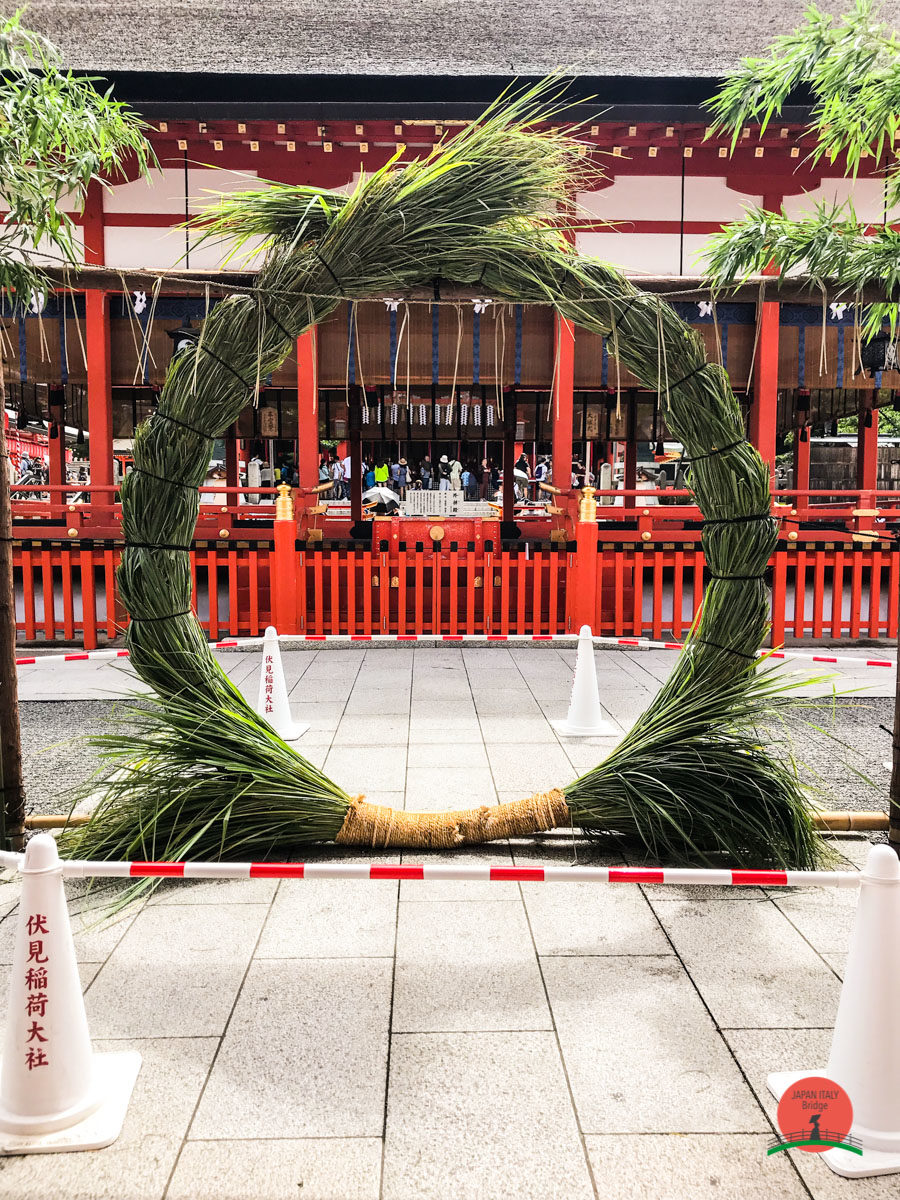

If cherry blossoms are not your cup of tea, the fall season in Japan is another wonderful period for beautiful scenery, with the autumn foliage turning summer greens into fiery reds. The weather will be mostly cool, and dryer than summer too.
Aside from these, you can always visit the holiday season between Christmas and New Year’s Day. Every year, cities light up with festive illuminations to create a magical and mystical atmosphere. It goes without saying that these are better experienced at night. The weather during these weeks are not typically too cold, but there may be snow depending on which region you visit, so do make sure to pack warm clothes.
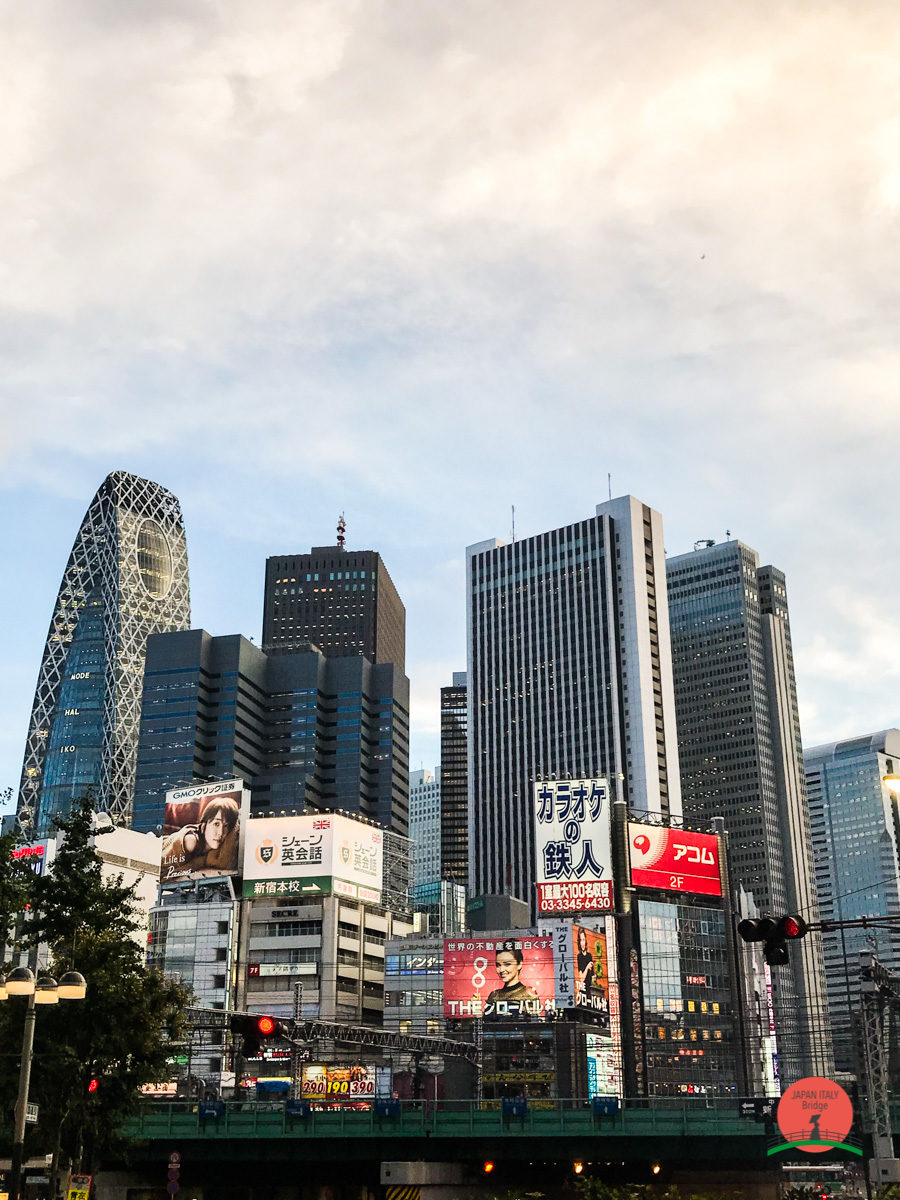
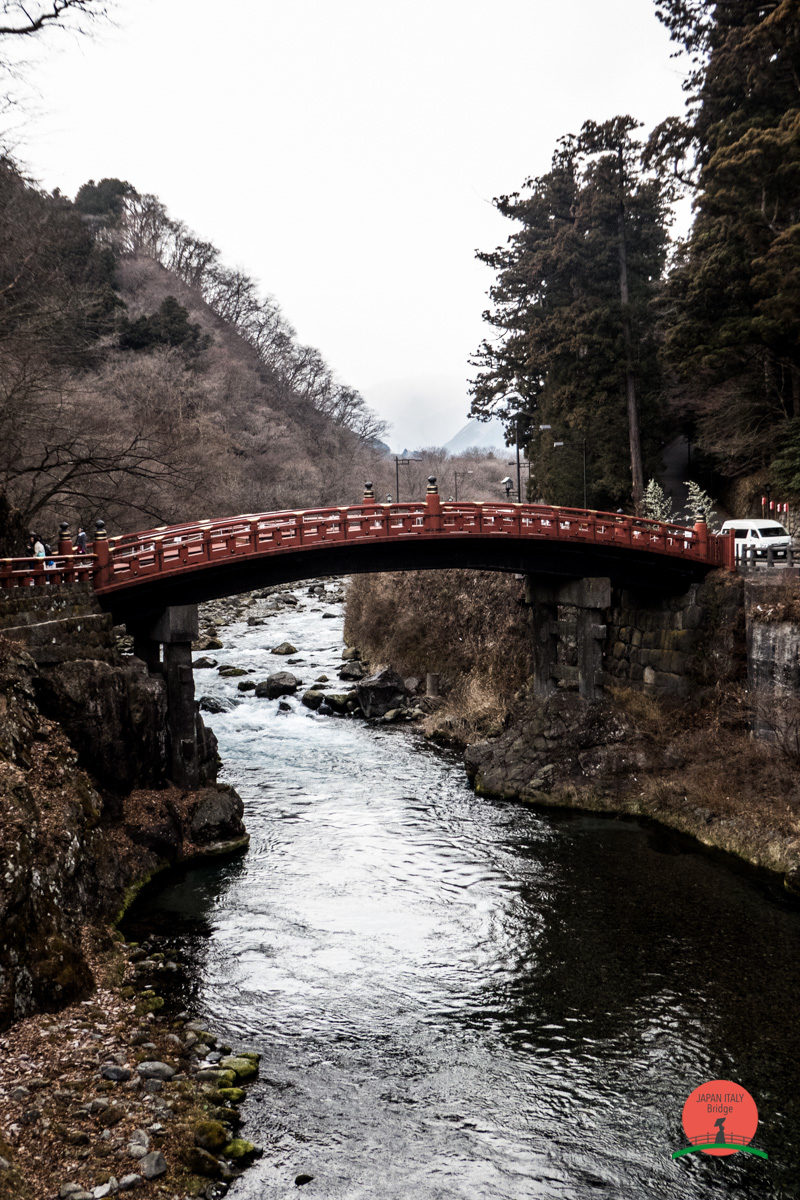
How long to stay in Japan
Even if Japan looks small on the world map, this country’s vibrant culture means that it is filled with unique sights and experiences for you during your visit. Touring the whole country in one go will be a rather expensive trip. So, if you are planning to stay for more than two weeks in this amazing place, do make sure to plan your spending and allocate the right amount of money for each day.
Which cities to visit
No matter how long you decide to stay in Japan, these places should be on your list of must-go’s. Usually the routes are the same for every trip. So here’s our suggestions for traveling if you wish to restrict yourself to the main cities of Japan
1. Tokyo
2. Nikko
3. Takayama
4. Hiroshima
5. Kyoto
6. Osaka
7. Nagoya
8. Yokohama
9. Niigata
10. Sendai
11. Sapporo
Basing yourself in any of these cities will give you access to make shorter day trips to neighbouring cities and towns. Do note that although the big cities are touted as the main highlights of Japan, the country’s less widely-known destinations are filled with hidden treasures that you can uncover.
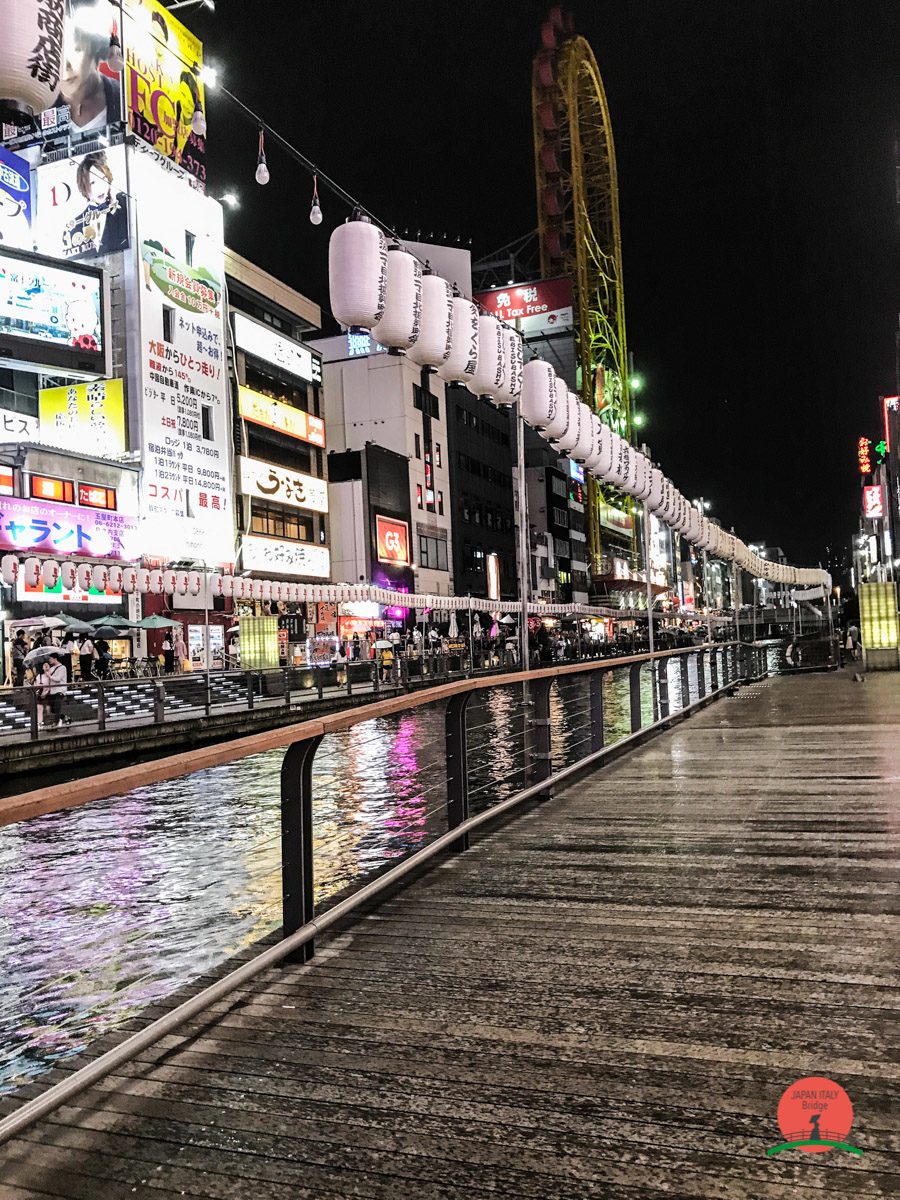

Travel Budget
Japan has the unfortunate reputation of being an expensive country. Although that may be true, it is, in fact, not that much different from any other country like Italy or England.
You can adapt your travel budget according to your preferences and what you have, and there are plenty of ways to save money.
You can find several combinations of deals that include both flights and accommodation online on websites.
Transportation
When you fly to Tokyo, the capital of Japan, you will land in either Narita or Haneda airport. Japan has a wonderful transportation network that is very extensive and reliable. There are a variety of different apps that can help you find the routes to use. For trains and public transportations, the go-to apps are HYPERDIA and JR-EAST Train Info.
At every station, there are ticket machines where you can purchase the tickets, but when in doubt, you can always ask staff members at the station information desks. There will usually be someone who speaks basic English.

The Cards & Passes
Purchasing a ticket at the vending machines sometimes can reveal to be rather troublesome, especially if you don’t read the language. To make things easier, there are different cards you can use. Information about the various cards and passes are as follows:
- Japan Rail pass: This is a pass for the train system that you can use throughout all the JR rail line, the national train transportation company. You can purchase the pass only from abroad so you have to purchase it while you are still in your country. The pass has a 7, 14, or 21 consecutive days of validity. You can purchase the first class (Green) or second class (Ordinary). The quality standard on Japanese trains is very high, so even if you purchase the second class pass you can still travel very comfortably. Furthermore, there’s a 50% off discount for kids between 6 and 11 years old.


- Suica Card: this is a prepaid card. It can be used instead of train tickets but also as a normal prepaid card in some stores. The Suica card is valid throughout all Japan, it will also give you a small discount on the Tokyo subway and it’s very convenient because it will allow you to avoid going through the ticketing process each time you want to ride the train. You can buy it and recharge it through ticketing machine in every station. You may, alternatively, approach a ticket agent for it.
The Suica Card is valid on trains belonging to the JR East lines and on the JR trains of the following regions: Sendai, Niigata, Sapporo, Osaka, Okayama, Hiroshima, Nagoya Shizuoka. It is also possible to use it on some trains, busses and subways in the Fukuoka region.
On the Suica, you can recharge up to 20000 ¥. The initial cost to buy the card can be 1000, 2000, 3000, 4000, 5000 and 10000 ¥ and this include the 500¥ deposit.
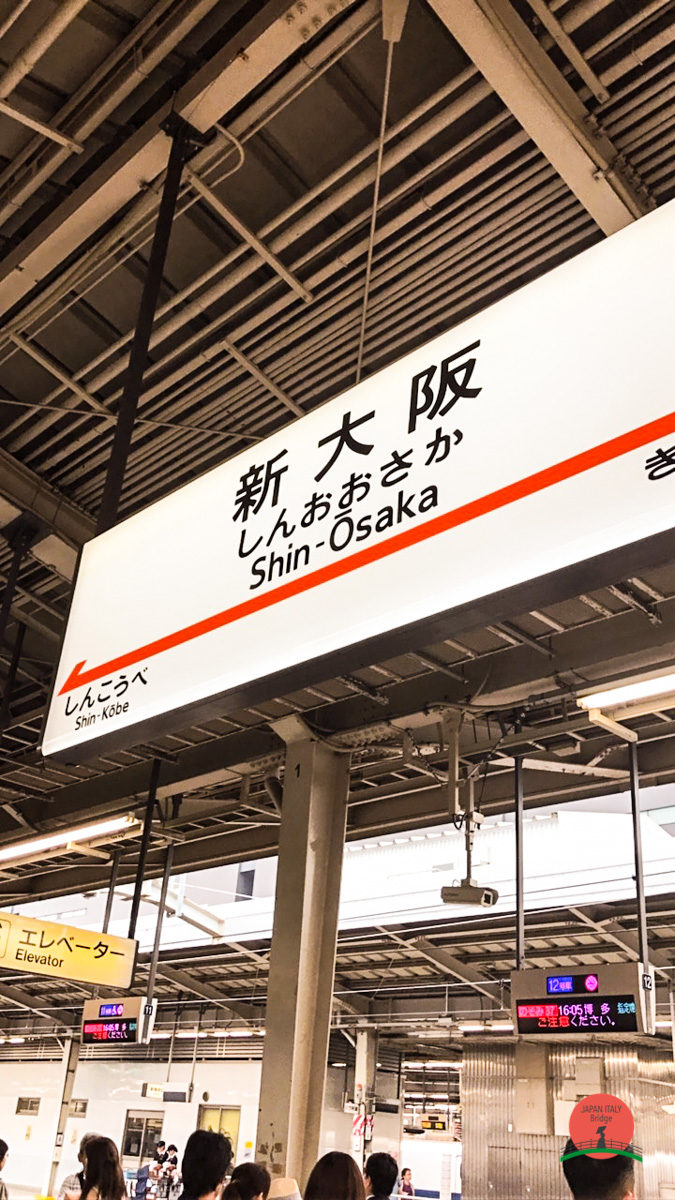

To use the Suica, rest the card on the blue sensor while facing the barriers at the subway/train. If the sensor will remain blue, the doors of the barriers will open and you can pass through. If the sensor becomes red, it means that you don’t have enough credit on the card and you will have to recharge it. It may be worth noting that these cards and the charged amounts in it remain valid for up to 10 years from your last ride.
- Pasmo: this is a card for Tokyo transportation and it works exactly like the Suica.
Accommodation in Japan
Hotels and accommodations are typically the most expensive part in of a trip to Japan. However, a very wide range of accommodation types is available in both Japanese and Western style interiors. Rates per night can range from less than 2,000 yen per person in a dormitory or capsule hotel to over 50,000 yen per person in a first class Hotel or Ryokan.
Ryokans (and their cheaper versions, the minshuku) are traditional Japanese guesthouses and are the best spots to learn about the cultural traditions relating to Japanese food and hospitality. This is something unique that can only be experienced in Japan. As such, if your budget allows it, do plan to stay in one of these places for a couple of nights. Japan also has capsule, or pod, hotels where you essentially sleep in a high-tech version of bunk beds.


Japanese Food
Japanese cuisine is one of the best in the world, offering a balanced diet in a wide variety of gastronomical delights and seasonal dishes. Restaurants and eateries are easily found, from the world-famous, Michelin-starred restaurants to the local hole-in-the-wall stands that are popular among the locals. Although sushi and sashimi are most famous Japanese dishes known around the world, Japan actually has such a large variety of foods that there really is something to eat for everyone. Many of the best establishments are, however, typically specialised in one type of food.
Sushi, Sashimi, Kaisen Don, Tempura, Katsu Curry, Udon, Soba, Ramen, Yakitori, Takoyaki. These just are some of the dishes you should definitely try while exploring the land of the Rising Sun.
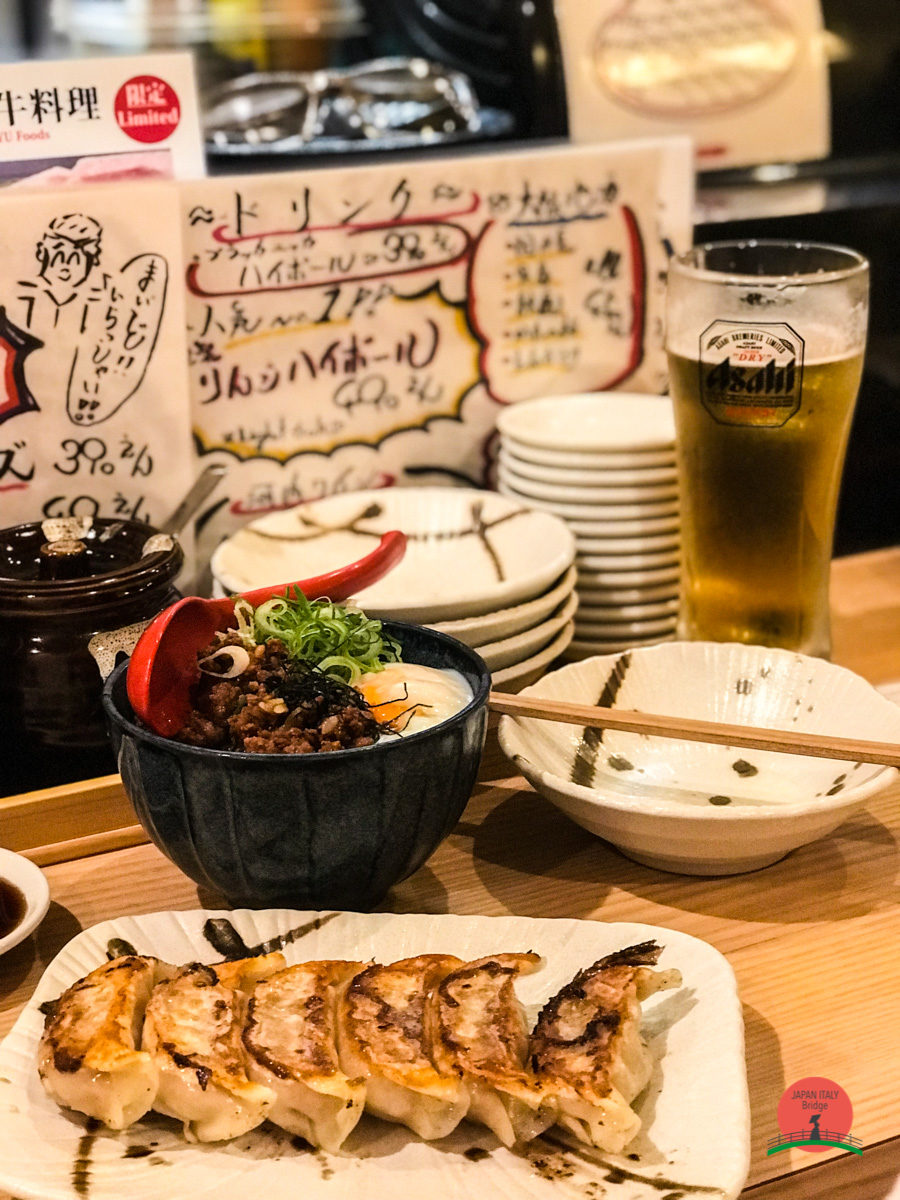

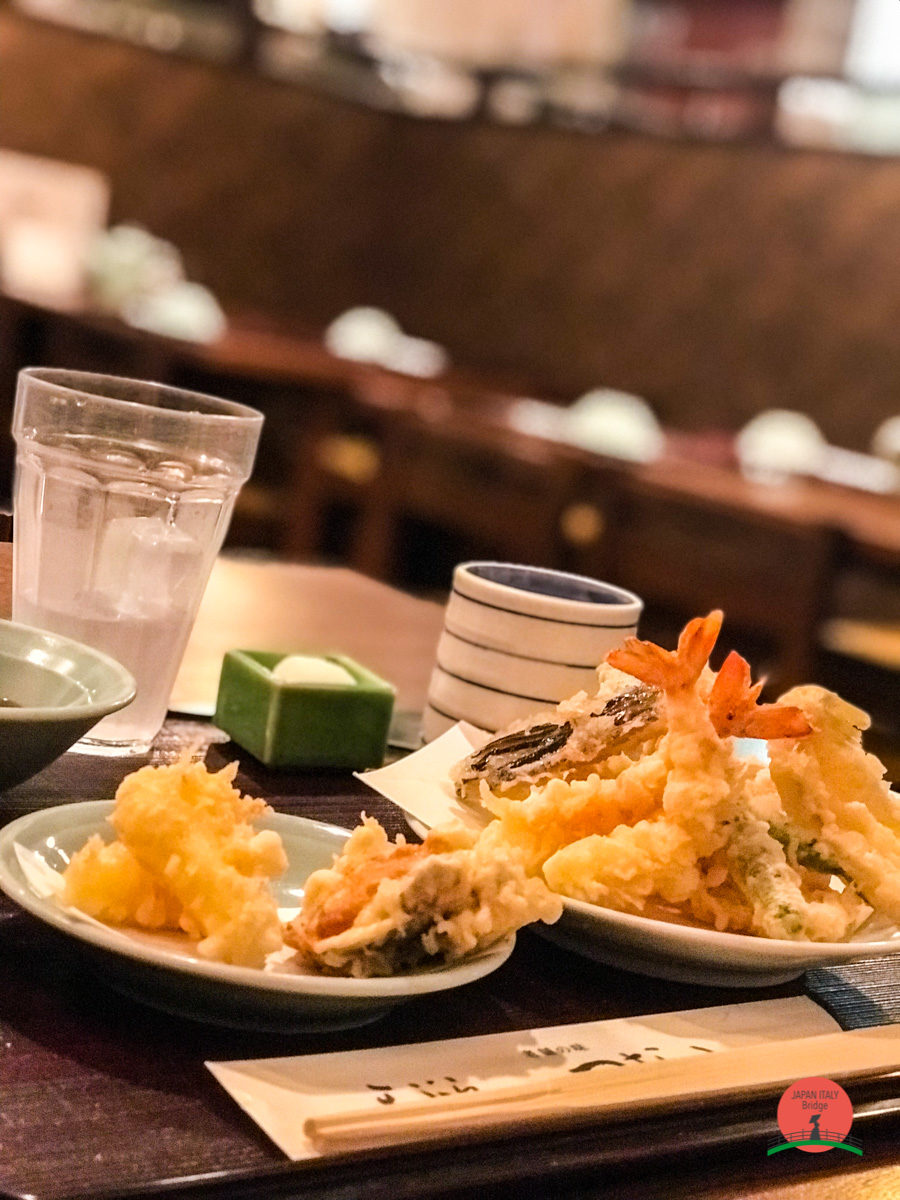
Luggage in Japan
No matter how long you are staying in the country, you may want to try to pack light. Most hotels rooms are very small and sometimes, there may not be enough space to have large suitcases lying around. Packing light is especially important if you plan to travel mostly by public transportation. Do remember that most trains do not have space for bulky luggage and despite the highly advanced train system, not every station is equipped with escalators or elevators. Furthermore, most hotels don’t allow checking in before 2 or 3 p.m., so do make concessions for holding onto your luggage until then.

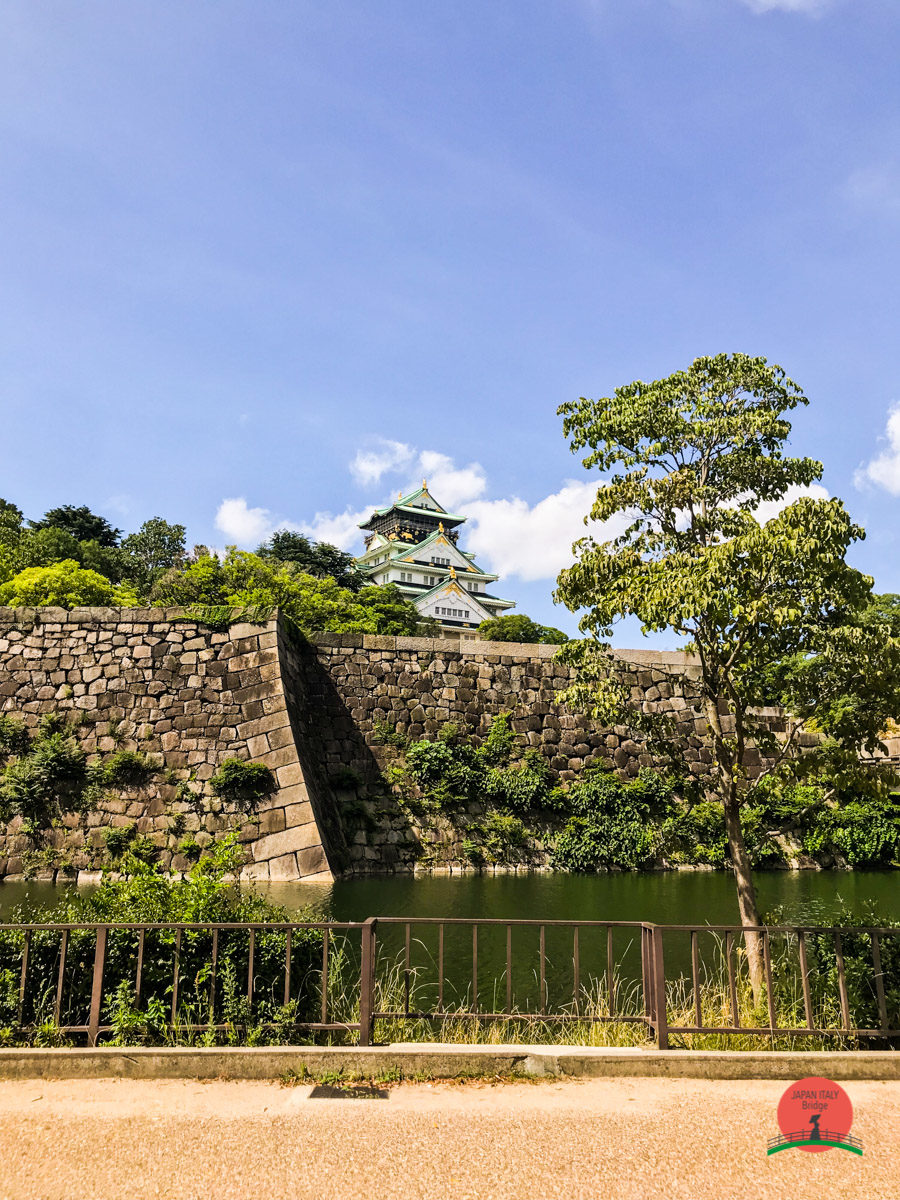
Other things to note
Currency: Japanese Yen (JPY)
Electricity: 100V/50-60Hz (North American plug; usually two-pronged. Often has both flat pins the same size. You may need an adapter.)
Main Airports: Tokyo’s Narita Airport (NRT). Tokyo’s Haneda Airport (HND). Osaka’s Kansai Airport (KIX).
Water: Safe. Bring a water bottle and fill from the tap as you travel.
Internet connectivity: Japan has excellent internet, among one of the fastest connections in the world.
Local SIM: I highly recommend you secure a SIM card or pocket wifi once you land. Although it’s not cheap, it is handy and it will allow you to save on international data plans with today's communication apps. This will also allows you to use tools like Google Maps in case you get lost.
Visas: Citizens of North America, UK, and Europe do not need a visa to enter for 90 days. Longer extensions are available for some of these countries, and most outside of these regions will need to apply ahead of time. Full visa requirements here.
Noteable festivals: Hanami, or rather Cherry Blossom viewing season is one of the most popular times to visit (end of March through May). Sapporo Snow Festival (February). Fuji Rock Festival (July). Golden Week (April 29 – May 5 — it’s nearly impossible to find accommodation during this week.)
Safety: Japan is incredibly safe. It’s in the culture of every citizen to follow a rigid set of societal rules. Young children travel alone, riding the subway and walking to school on their own with no problems. Scams are rare. There are some reports of sleazy behavior by men on the trains, but such cases rarely occur.

Japan Italy: SPINDLE presentation in Milan - VIDEO
Spindle lands in Italy, the largest Japanese ICO that aims to democratize investments in cryptocurrency
Together with TMP Group, we organized a dedicated event in Milan on June 4th for the presentation of SPINDLE, the first Japanese ICO platform that was created to connect users and crypto hedge funds through blockchain technology with fairness and transparency. World-renowned artist GACKT and Lina Seiche, senior analyst and evangelist of SPINDLE, participated in the presentation which was held at Talent Garden in via Calabiana.
Here's the official video of the presentation event held on June 4th 2018 at Talent Garden Calabiana, in Milan:
Japan Italy: SPINDLE, the biggest Japanese ICO and match-making platform, lands in Italy
Spindle lands in Italy, the largest Japanese ICO that aims to democratize investments in cryptocurrency
As many of you may know, Japan Italy Bridge is born from the minds of Erika Panzeri and Angela Antenucci and from their 6 year long experience with the Japanese world through the creation and managing of the website gacktitalia.com.
Together with TMP Group, we organized a dedicated event in Milan on June 4th for the presentation of SPINDLE, the first Japanese ICO platform that was created to connect users and crypto hedge funds through blockchain technology with fairness and transparency. World-renowned artist GACKT and Lina Seiche, senior analyst and evangelist of SPINDLE, participated in the presentation which was held at Talent Garden in via Calabiana.
SPINDLE is a project led by Blackstar, a Japanese company which was founded by a group of experts in the finance, investment, legal, and technology fields. The company currently operates out of offices based in Shanghai, London, and Tokyo. This initiative was spearheaded by the CEO of Bullion Japan Inc., Masamitsu Hirai, who is a veteran in investment funds with an established career as a fund manager and consultant for Funai Soken Holdings Inc..
SPINDLE aims to remove the existing concept of privileged investment, which refers to investments being almost exclusively accessible to only a small group of experienced investors. It aims to bring a form of democracy to investment activities, to make it available to everyone regardless of age, social background, and other such factors. It also aims to rework the concept of a fully centralized financial structure and develop an extensive global financial ecosystem through use of blockchain.
All the official photos from the event can be found below:
Press Coverage:
- finanza.tgcom24.mediaset.it
- ilbitcoin.news
- blockchainassociation.it
- finanzaoperativa.com
- blockchain4innovation.it
Japan Travel: Nikkō
Nikkō - The timeless town

Not far from Tokyo, there is a town that could be described as magical. This is Nikkō, literally "The town of sunlight”. Located in the mountainous region of Tochigi Prefecture, it is one of the most famous tourist destinations in Japan. Rich in historical monuments, it has been listed as an UNESCO World Heritage Site. Its most famous monuments are the Nikkō Tōshō-gū shrine dedicated to the shogun Tokugawa Ieyasu, and the Futarasan shrine dating back to 767.
The city is also surrounded by nature with mountains, hot springs and the Nikkō National Park where several beautiful waterfalls can be found.
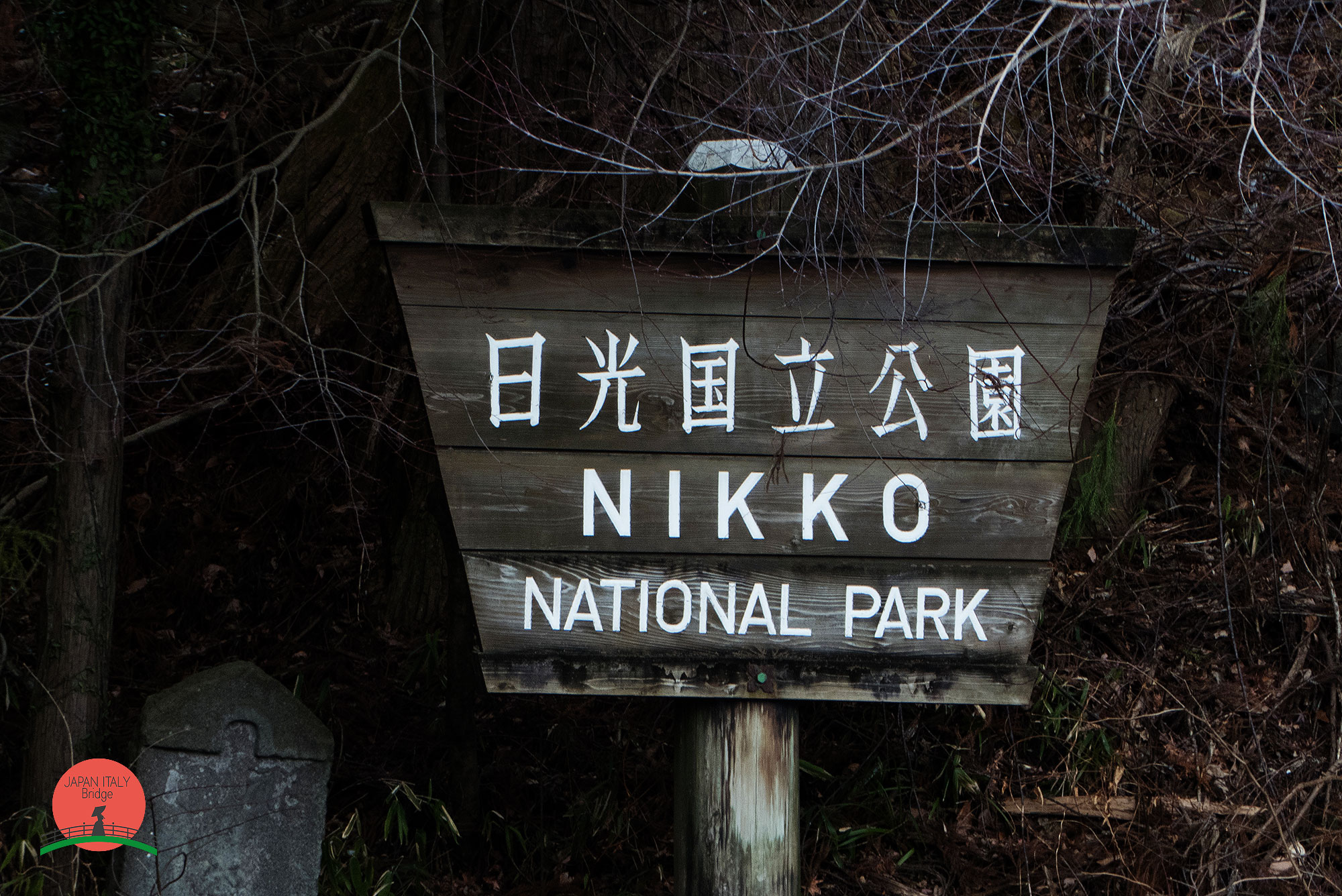
Between sacred and modern
On March 20, 2006, the old town of Nikkō merged with the city of Imaichi and the municipalities of Ashio, Fujihara and Kuriyama, resulting in the new city of Nikkō . Sacred and profane, a division that is even more evident thanks to the great "sacred bridge" Shinkyo, completely lacquered in red and that was originally reserved to the emperor and the shogun. Today, this same bridge is crossed by hundreds of visitors each year arriving at the Rinno-ji, the great temple best known for the "Three Buddha Hall".
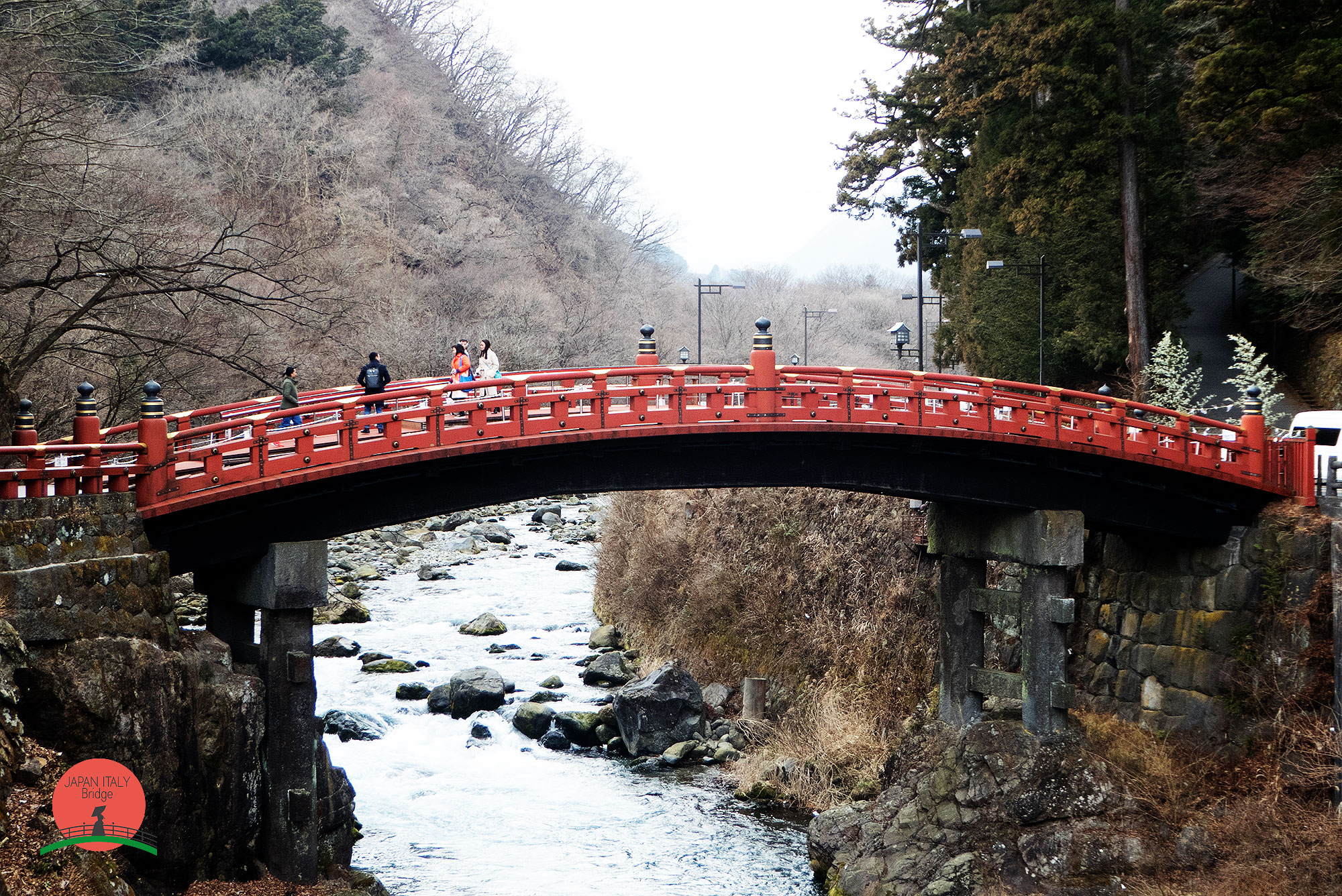
Monuments
Behind this temple there is the Tōshō-gu shrine where the great Tokugawa family established their Shinto shrine making it the most richly decorated temple in the country. More than 15000 artisans of the country participated in its construction and with its gildings, its bright colors, its sinuous lines, this place of worship is considered as one of the most beautiful examples of Momoyama architecture (1573-1603). Even more famous is the pediment of the sacred stables, genuinely minimalist and especially known by all the Japanese for the three little monkeys carved in the wood: Mizaru ("the blind"), Kikazaru ("the deaf") and Iwazaru ("the mute"). In fact, they symbolize the precepts of the Tendai Buddhist sect, inspired by Confucius: do not look at evil, do not pronounce it, do not listen to it.

If you have a whole day to explore the city, you can not miss the opportunity to visit the statue of the sleeping cat that marks the entrance to the tomb of Tokugawa Ieyasu. Subsequently, along the Daiyagawa river, you can find the Kanmanga Fuchi path, a sumptuous walk through the woods and the strange volcanic formations of Mount Nantai. At the end of this walk, dozens of statues of Jizō, protector of the children, await you where time seems to have stopped.

At a distance of 30 km from there, you can then find the magical Chūzenji lake, where you can take a boat trip to the spectacular Kegon no Taki waterfall and the Yumoto Onsen hot springs.
A city between history and modernity, between mountains and enchanted lakes, a small pearl of history not far from the metropolis of Tokyo. Here you can still perceive the classic feeling of Japanese tradition in its fullness. A destination not to be missed for all those who love this nation and its culture.
How to get here
The train is the quickest and most convenient way to reach Nikko from central Tokyo.
Tobu Line - Asakusa
From Asakusa Station, easily reachable by metro from all the main districts of Tokyo, you can take the Tobu line which offers rides to Nikko every hour. The cost per round trip is about 2800 ¥, the ride takes about 2 hours and is by far the cheapest option. The JR Pass is not valid on this route.
info: Tobu Line website
Limited express - Shinjuku
The JR limited express connects Shinjuku station directly with Nikko, the cost of a round trip ticket is 8000 yen. Unfortunately, the JR pass does not completely cover the route so, it will be necessary to pay an additional charge. To book your seat just consult the JR East website.
Info: JR East website
JR Shinkansen - Tokyo
This is the fastest and most convenient way to get to Nikko, especially if you have a JR Pass. It is possible to take the JR Tohoku Shinkansen from Tokyo station, but you will have to change at Utsunomiya and continue on the JR Nikko Line. The cost of the round trip is 10000 ¥, not recommended for those who do not have the JR Pass..
Info: Hyperdia website
Japanese Culture: Lolita fashion
Lolita fashion - (ロリータ・ファッション Rorīta fasshon)

photo credit: mangakas-onfire.blogspot.it
Probably, those who have a romantic vein suspended in an undefined past, would like to be like a beautiful porcelain doll. Maybe they would like to have lovely dresses that would rival those of Marie Antoinette ad go to a dreamy Tea Party.
All this things are possible thanks to the Lolita phenomenon, one of the most famous and sophisticated Japanese trends. As a mix between Baroque and Victorian style, it is really appreciated in its home-country but is also known all around the world.
The name refers to, although it doesn’t celebrate, Vladimir Vladimirovič Nabokov’s novel, but this trend is not a tribute to a young and provocative sensuality. In fact, it represents beauty that hides innocence, the elegance in hiding more than showing. Moreover, the name ‘Lolita’ is a Wasei-eigo, a word that includes all those anglophone words that in their original language have a completely different meaning or don’t even exist, but that are part of the Japanese vocabulary.

photo credit: honoluluacademy.org
It’s not certain when this type of clothing was created. Some think in late 70’s, although it is true that it become popular by the end of the 90’s. This trend was greatly influenced by the musical genre of Visual Kei. It is no coincidence that this type of music is really theatrical not only in its sound but also in band members’ dresses too.
Exemplary are MALICE MIZERE partly thanks to their co-founder and leader of the band Mana (also called Mana-sama by his fans). In particular Mana influenced the “Gothic Lolita” also signing his own brand Moi-même-Moitié.

photo credit: pinterest
Gothic Lolita and Sweet Lolita

photo credit: my-lolita-dress.com
The Lolita Style is divided into two distinctive trends (also divided into many sub-styles) : The Gothic Lolita, maybe the most famous one, and the Sweet Lolita.
The GothLoli (ゴスロリ gosu rori): The Gothic Lolita as we said is probably the most famous type but its name is erroneously attributed to the whole genre. Black is the dominant color celebrated in all its possible shades. But it doesn’t disdain other dark colors like burgundy, dark blue, violet, and emerald green. These colors are often used in both cloth and make-up with heavy and dramatic smokey eyes and lipstick that stand out on the white powder. In fact, this is the only exception to the Lolita style in which this type of powder is used because in all the other styles a more natural look is preferred. The dense embroideries of the clothes are inspired by grim stories with their skulls; or religious themes with crosses (gothic crosses) used in jewelry too. Coffins are used as small purses and small black lacy umbrellas refine the outfit.

photo credit: pinterest
The Aristocrat Style is one of the many sub-genres of the Gothloli but is more mature and somber, as its name suggests, purposely more “aristocrat” and very elegant.
Since the Gothic Lolita style is based on the Victorian Style, that as we remember is emblematic of the Gothic and the refined, we have to take notice of the similarity with the western steam-punk.
Ama-loli (甘ロリ ama rori) : the Sweet Lolita on the other hand prefers pastel colors and especially pink. The same goes with make-up here less dramatic, almost more natural. Nevertheless, it still remains an elaborate style, especially emphatic on the eyes with light shades of pink and fake eyelashes for doll-like eyes, as well as light nuances for the lips. This style too is inspired by the Victorian Age but even more it is influenced by French Rococo. This is a more ‘child-like’ lolita style, were ribbons and bows are dominant. The embroidery are inspired by the world of fairy tales, unicorns and small miniature french sweets like Macaron. They are jewels to show off together with small rucksacks with the shape of small bears or rabbits and the inspiring heroine is “Alice in wonderland”.
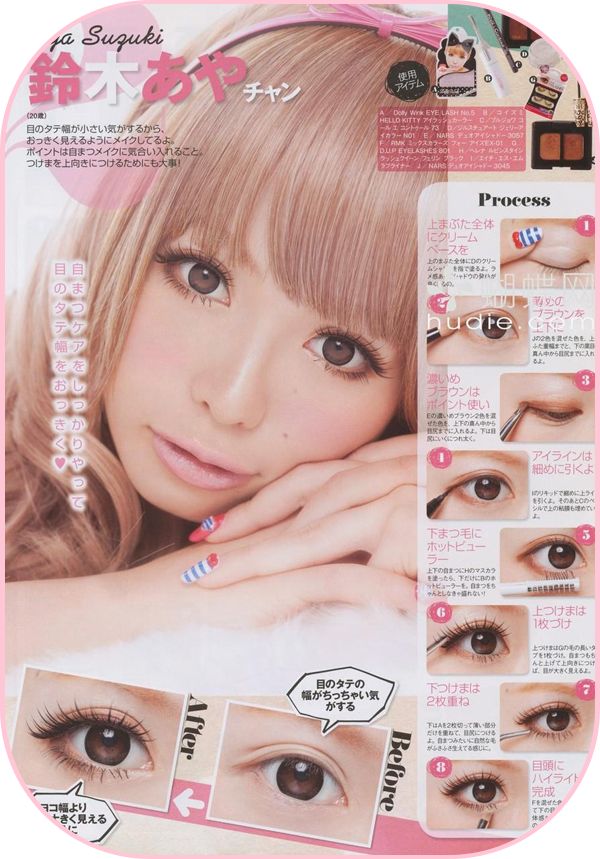
photo credit: pinterest
Sub-genres and the Prince
The world of lolitas is various and elaborated, there are genres to suit every taste. The Wa Lolita is a mix between lolita clothes and traditional kimonos, with a Obi around the waist and the classic Geta as shoes; The Qi Lolita, that comes back to the Chinese style where instead of kimonos it modifies Chinese qípáo; The Sailor Lolita is based on the classic sailor uniform with its more elaborated variation; or the Pirate Lolita.
And if you think that the Lolita style is all “Sugar and cinnamon” we also have the Guro Lolita. Here lolitas are inspired by the horror genre with fake blood standing out on pure-white dresses to give the idea of broken porcelain dolls.

photo credit: pinterest
But there are really a great number of examples we could speak about.
A particular note must be given to the Ōji (王子 prince) Style for all those that think that the lolita style is only a girl’s trend. The Prince style is based on models of clothes used by young Victorian Dandies, so here we have short trousers and knee socks. But this doesn’t mean it is a men-only style. If a girl would like to get close to the lolita world and wanted to have a more androgynous style this is the right choice for her.
Must-have, various Brands, animes and influence outside Japan.
There are some cult objects that every Lolita with this name must have in her wardrobe: the Cutsew, blouse with big blows and puff sleeves or the Petticoat, the undergarment used to give a larger shape to skirts and dresses.
For those who would like to know how can lolitas have such beautiful and thick hair… well you must know that it is a wig.
Lolitas embellish them with big ribbons and Bonnets too, the typical small hats used in the past, and this goes together with iconic shoes in a Mary Jane like style. Even if these shoes for kids come from the past century they are the shoes that every Lolita wears.

photo credit: pinterest
Aside from that of Mana-sama, other popular brands are Angelic Pretty, e Baby, The Stars Shine Bright, this last one with boutiques not only in Tokyo but in Paris and San Francisco too.
We must say that the lolita fashion is very expensive, but there are Indie brands
as beautiful as the most famous one that are certainly less expensive. And in Japan there’s the possibility to buy lolita clothes in department stores too, or there are dedicated web sites that sell second or third hand clothes. In other words it is a style open to everyone.
The Lolita phenomenon found its way to many successful animes too.
Some examples are Paradise Kiss by Ai Yazawa better known as the ‘mother’ of Nana; Princess Princess, where the lolita fashion is seen through the eyes of three boys; Le Portrait de Petit Cossette, female and Noir version of the Portrait of Dorian Gray; and Rozen Maiden too, where the protagonists are precisely beautiful dolls.
As we said, Lolitas are famous not only in Japan but we can meet a great number of small communities from America to Europe.
Lolitas gather together in refined Tea Houses to celebrate the 5 o’clock tea with the class and the style that distinguishes them from any other trend.
Japan Tradition: Seijin Shiki
Seijin Shiki
Seijin Shiki also known as Seijin no Hi (成人の日) is the Coming of Age day. This is a Japanese holiday held every year on the second Monday of January. The goal of this day is to congratulate and encourage all those who have become 20 years old, the age of maturity (二十歳 hatachi), in the past year.
In this day, many young Japanese celebrate with a Coming of Age ceremony, the Seijin-Shiki (成人式). The celebrations for this day are often held in local and prefectural offices. However, many people have after parties with family and friends right after. Also, it’s common to see many of these young peole walk in the street wearing traditional clothes.
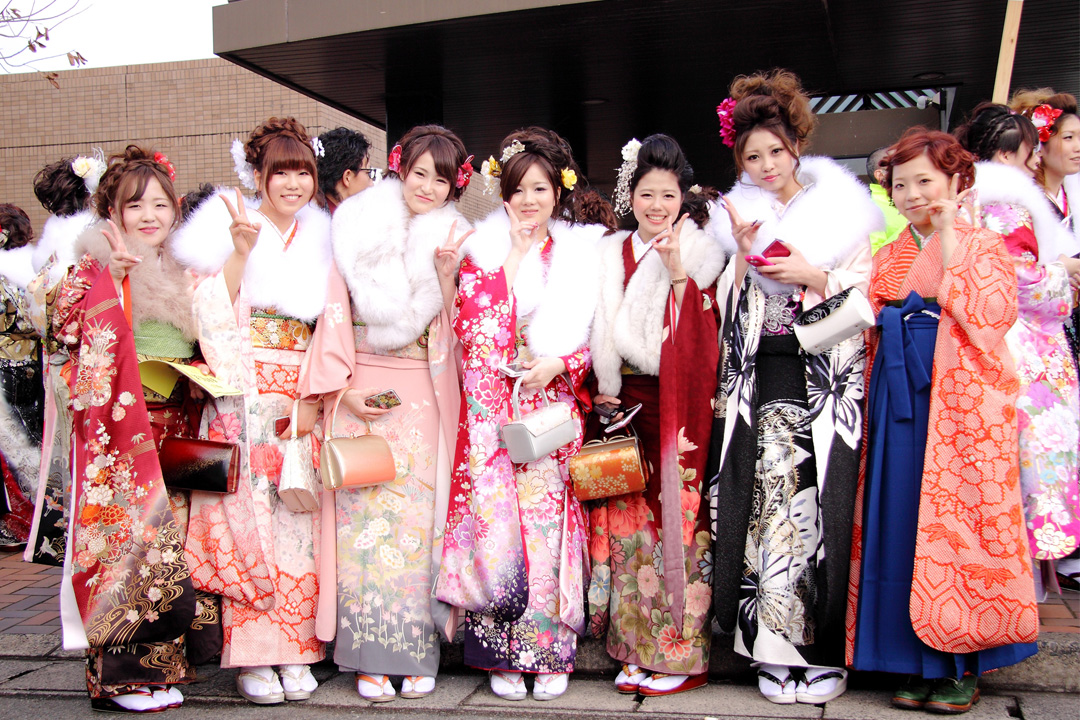
Shinjin Shiki, the Coming of Age ceremony, dates back to 714 in Japan. In this year, a young prince donned new robes and hairstyles to mark the passage into adulthood. However, the holiday was first established in 1948 and it was set to be celebrated every January 15th. Later in 2000, the date for Seijin Shiki changed and set to be celebrate in the second Monday of January.
Only those who celebrated their 20th birthday before the last Coming of age day or on the present one can join the celebrations.
Seijin Shiki celebrations
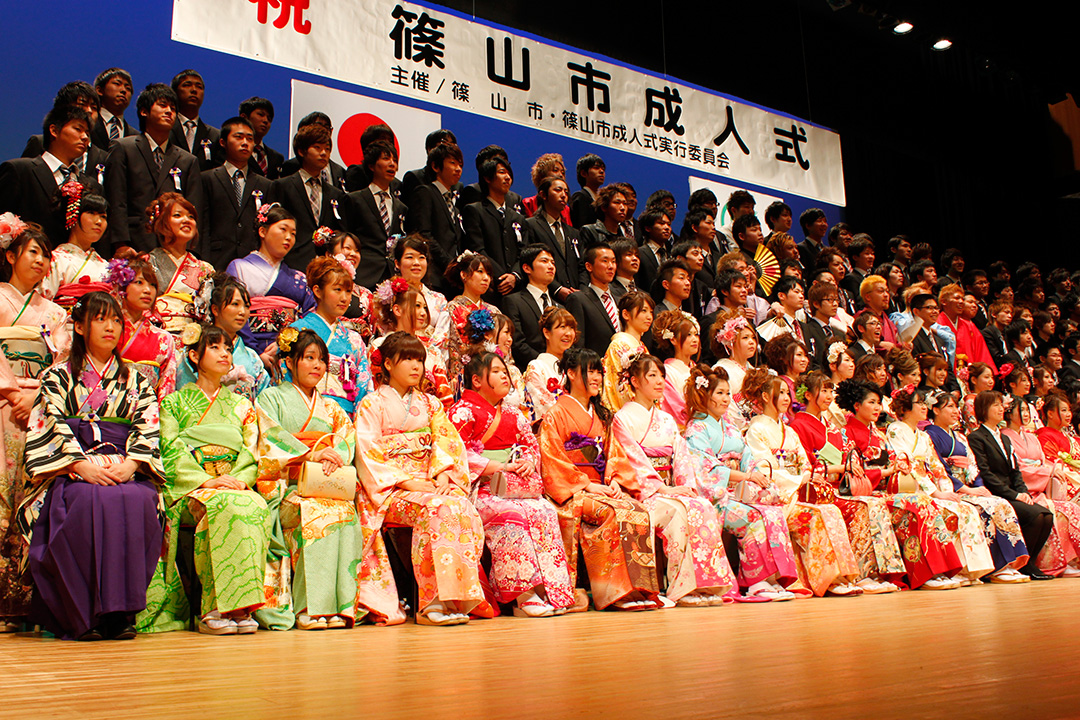
Sijin Shiki mark the age of maturity, which includes the expanded rights but also the increase of expected responsibilities. Usually, government officials give speeches and friends and family hand out small presents to the newly adults.
Women usually celebrate this day wearing furisode and zōri sandals that they can buy, borrow from a relative or rent for the occasion. Also men wear a traditional dress, like a dark kimono with hakama, but nowadays it’s not uncommon to see men wear a suit and tie.
After the formal ceremony, they often go out in groups to parties or drinking with friends.
Photo credit: Google images
Japan History: Zojoji Temple
Zojoji Temple
The Zojoji temple was founded in 1393. Relocated to the present site in 1598 after Ieyasu Tokugawa, founder of the Tokugawa shogunate, entered present-day Tokyo in 1590. After the start of the Edo Period, Zojoji became the family temple of the Tokugawa family, one of the most powerful houses in all Japan. The cathedral, temples and the mausoleum burned down during the air raids during World War II. However, most of the structures got rebuilt. Today Zojoji continues to serve as the main temple of the city. Due to its position of favour, this is not just one of the main religious spot but also one of the main landmarks for tourists. The view of the Tokyo Tower on its background is just breathtaking.
Zojoji's Peculiarities
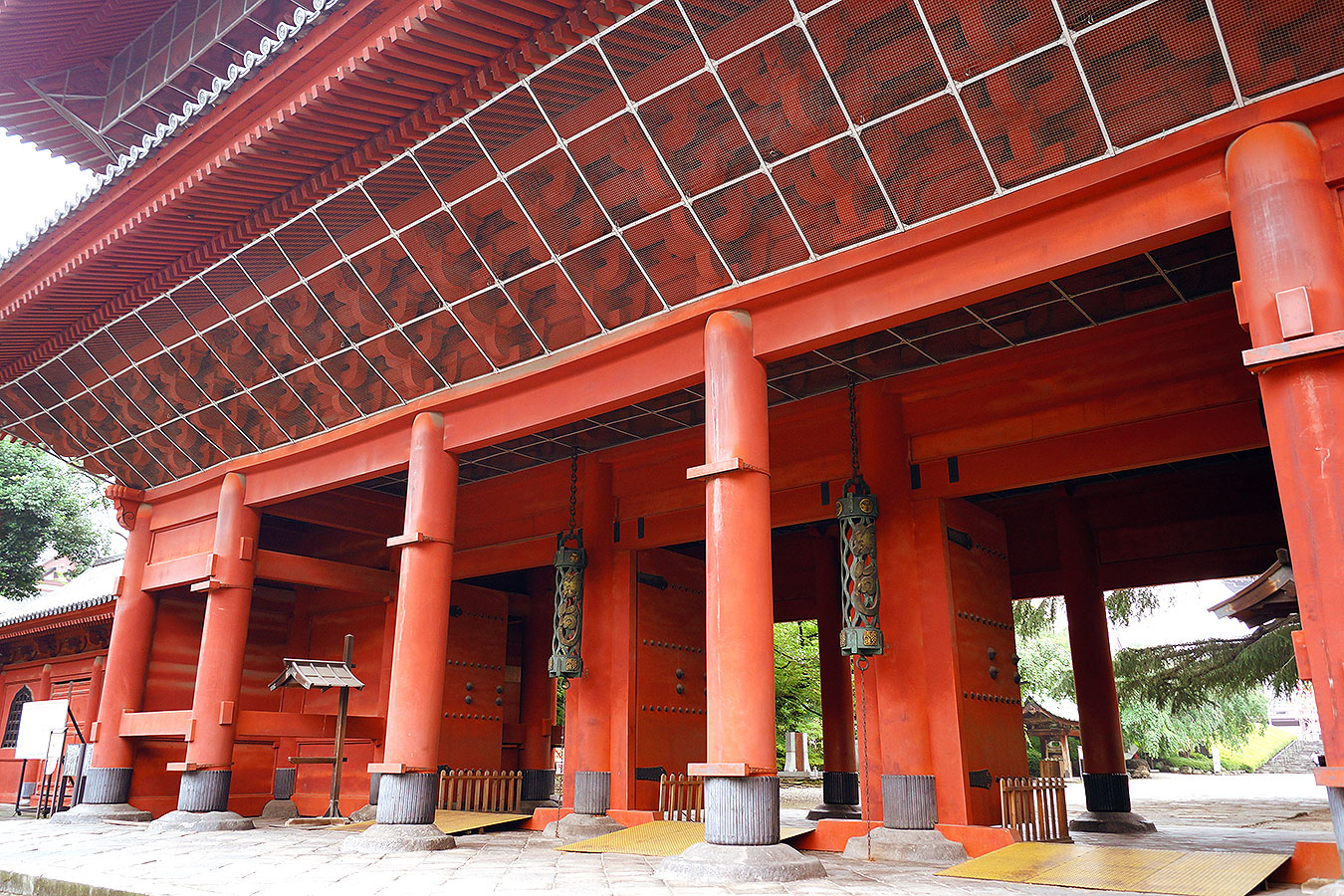
THE GATE
The main wooden gate is peculiar for its vermilion color. Measuring 21 meters in height, 28.7 meters in width and 17.6 meters in depth, it was built in 1622. Today the gate is one of the most important remains of the Edo Period architecture. Its name is Sangedatsumon and it means a gate (mon) for getting delivered (gedatsu) from three (san) earthly states of mind: greed, anger and stupidity.
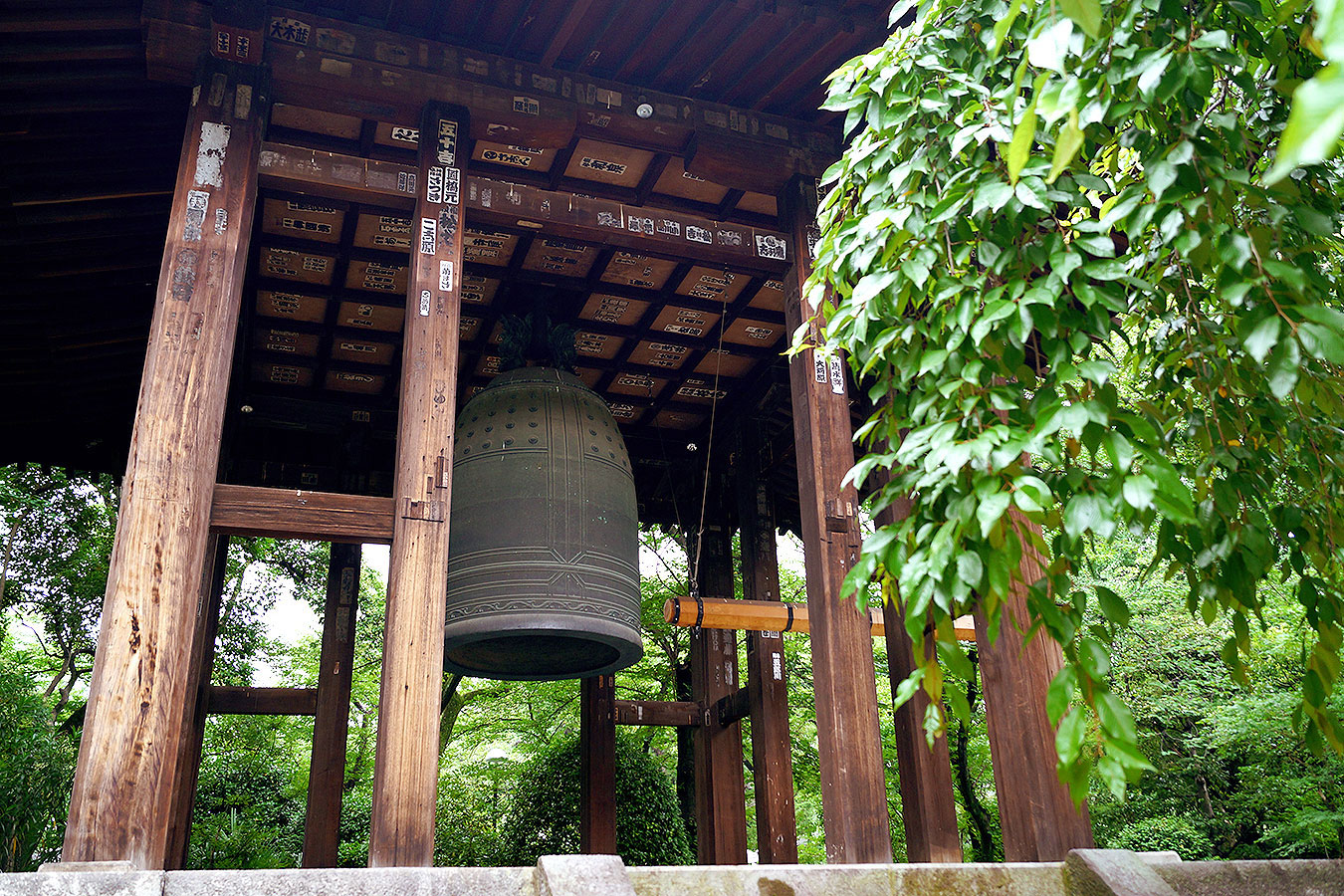
THE BELL
With a diameter of 1.76 meters, a height of 3.33 meters and a weight of 15 tons, this bell is one of the Big Three Bells of the Edo Period. Tolled twice a day for 6 times each, in the early morning and in the evening. Its name is the Daibonsho (Big Bell). It serves to purify 108 earthly passions (bonno), which lead people astray. Furthermore, legend says ti gives profound equanimity through an exhortation, repeated six times a day.
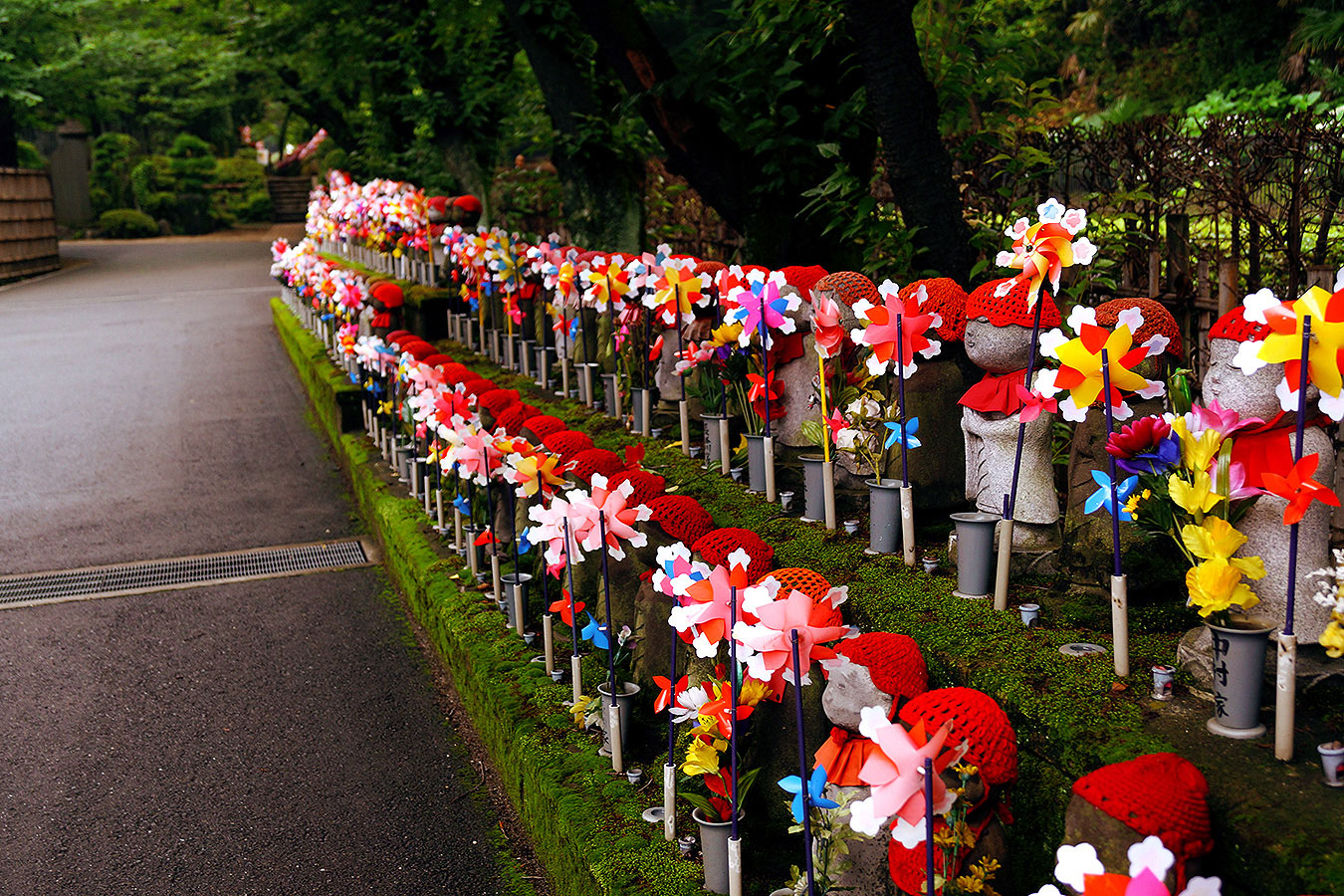
THE STATUES
When you walk around in the Zojoji Temple, one of the first thing you might notice are these statues representing babies. They are the Ojizo-san, or Ojizo-sama. These little statues are characterized by bright red clothing and handmade crochet caps. They might just seem cute ornaments, but tradition says they protect the spirit of unborn children and little ones that passed away.
Photo Credit: Japan Italy Bridge
Zojoji Official website: Click here







